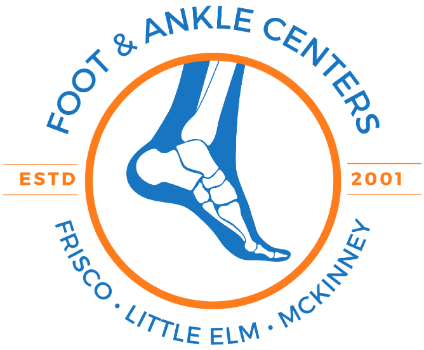Relieve Your Pain From Bunionettes (Tailor’s Bunion) With Expert Podiatric Care in Frisco, Little Elm, & McKinney
If you have noticed a bump on the side of your foot near your little toe, you may have a bunionette, also known as a tailor's bunion. This common foot problem can cause pain, irritation, and difficulty walking. At Foot & Ankle Centers of Frisco, Little Elm, & McKinney, our expert podiatrists can ease your discomfort.

What is the Difference Between a Bunion and Bunionette?
The main difference between a bunion and a bunionette is where they form on the foot. A bunion forms at the base of the big toe, while a bunionette forms at the base of the little toe. Additionally, a bunion is caused by a deformity of the big toe joint, while a bunionette is caused by a deformity of the little toe joint. Both conditions can cause pain, swelling, and difficulty walking.


